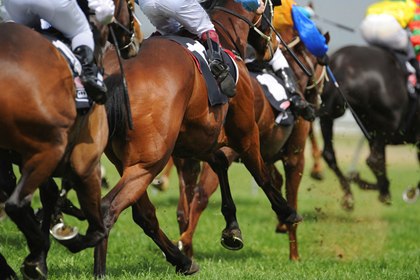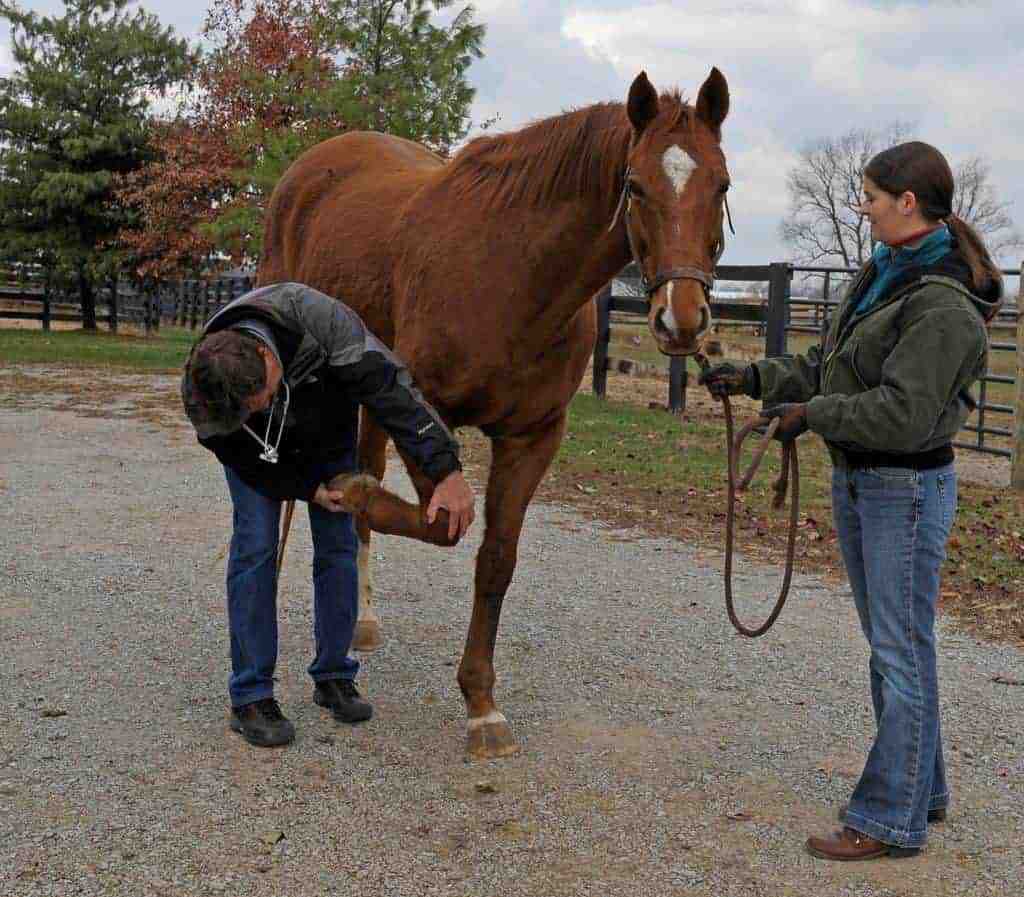
Advancements in Understanding Equine Muscle Disorders
Dr. Stephanie Valberg explains how five major advancements in veterinary technology have helped her and others learn more about and discover new equine muscle disorders.

Dr. Stephanie Valberg explains how five major advancements in veterinary technology have helped her and others learn more about and discover new equine muscle disorders.

Researchers have discovered the inner workings of a known “speed gene” in Thoroughbred racehorses, which directly affects skeletal muscle growth and, in turn, race distance aptitude.

Hoof capsule distortions associated with hoof imbalance typically aren’t severe, they can affect horses’ comfort and be challenging for owners and their farriers to manage.

Dr. Kyla Ortved explains the terminology veterinarians and horse people use to describe navicular syndrome and what it all means.

Safe and smart groundwork can help build the foundation for a confident, well-behaved horse.

Phosphorus is the second most abundant mineral in the horse’s body; about 80% of it is found in horses’ teeth and skeleton.

In the first of this two-part series, we’ll explore full-body rehabilitation options, from the horse’s head to tail.

A vet weighs in on what might cause a well-conformed senior mare to become over at the knee and fall during a ride.

Irish scientists recently tested a new OCD repair method that’s based on the idea of replacing the damaged tissue with healthy tissue.

Are breathing issues slowing your horse down? Here are some surgical and management options that might help.

Look for equine respiratory health content during Respiratory Care Awareness Week, which takes place October 22-26, 2018.

Find out how long it takes for a horse to be protected from disease after vaccination. Dr. Elizabeth Davis explains.

Find out from Dr. Elizabeth Davis how vaccines prime the immune system and why some horses might still get sick.

While some species develop a local immune response, sending special protective cells to the uterus itself, mares don’t, researchers learned recently. Rather, they appear to send those cells elsewhere as soon as semen enters the uterus. Where they go, nobody knows (yet).

The garments—depicting bones, muscle groups, and more—can help veterinary students, chiropractors, and even owners and riders better understand the structures hidden under horses’ skin, researchers said.

There’s not one particular approach for rehabilitating injured joints. Here are a few of the options vets have to use.
Stay on top of the most recent Horse Health news with
"*" indicates required fields